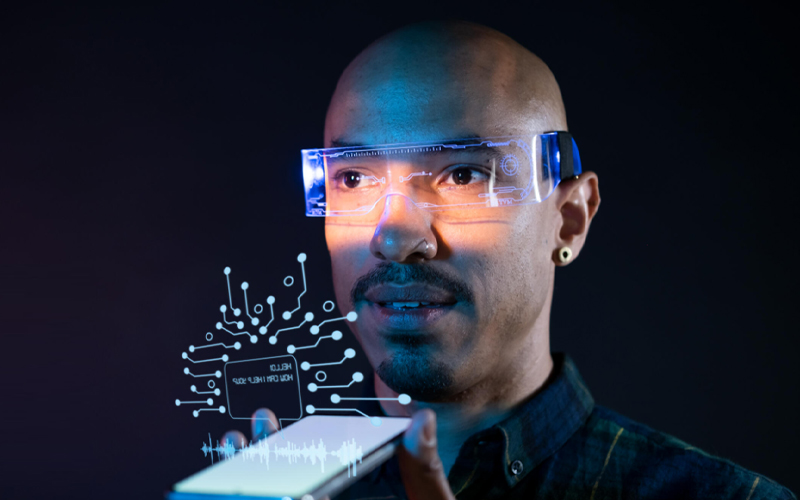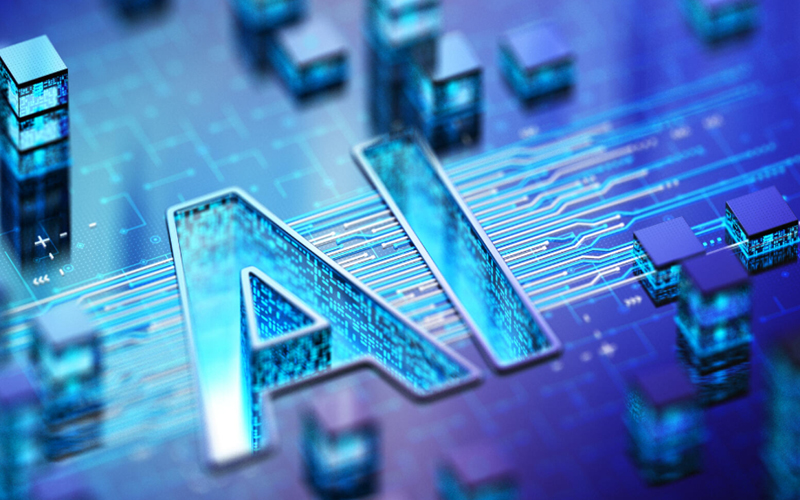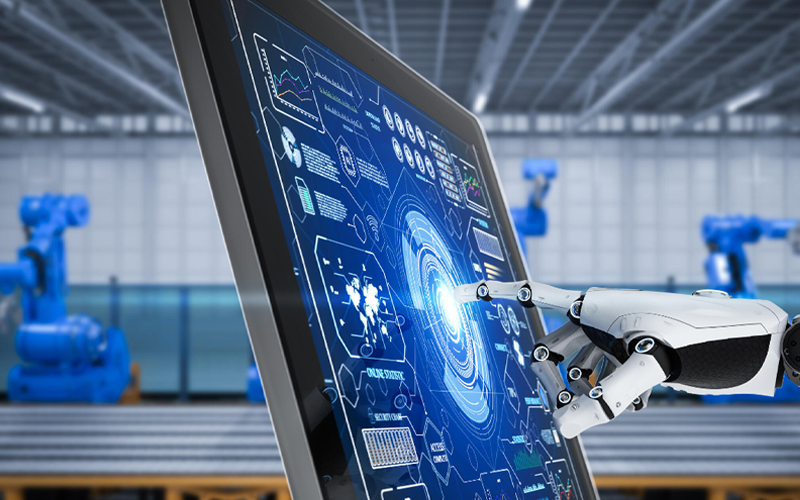According to estimates, the modern world generates 328.77 million terabytes of data each day. We are sitting on a veritable goldmine – and unless we can make the gold work for us, it is a wasted resource. The process that makes this data usable for intelligent applications is data annotation.
We have moved on from code-dependent software to tools that mimic human thought and behaviour. From chatbots to facial recognition software to auto-driven cars, the number of applications AI powers is mind-boggling. What these technologies have in common is the use of annotation.
Annotated datasets are crucial in training AI/ML models to perform optimally. Without the proper use of Data annotation, a self-driven car would not be able to differentiate between a green traffic light and a pedestrian, and facial recognition software would not be able to tell people apart.
In this article, we will discuss the types of data annotation and the applications of annotation services in the modern world.
Annotation types and use cases
Depending on the type of data being used in a gadget or application, there are five fundamental types of data annotation, as follows, along with their common use cases:
Text annotation
Text is the most utilised data category. Text annotation labels textual data so that the AI model can make sense of text inputs within various contexts. Text annotation includes metadata on entities, relationships, intent, sentiment, and semantics, so the machine can comprehend nuances and respond appropriately.
Customer service bots, and virtual assistants are among the most popular use cases of text annotation. Used across diverse industries such as healthcare, finance, insurance, and telecom, they are trained to comprehend business-specific jargon and human emotions.
Image annotation
Image annotation labels elements within an image by tagging them with simple bounding boxes or advanced segmentation methods. Image annotation ranges from basic image classification (for instance, labelling humans and automobiles) to complex grouping for computer vision (CV) projects.
Image annotation is commonly used in security and surveillance equipment and medical imaging technology. Agriculture is another sector that can drive immense benefits from image annotation through use cases such as crop health monitoring, livestock monitoring, and geo-sensing.
Audio annotation
Audio annotation describes audio data from various sources, such as human speech, animal sounds, musical instruments, and environmental sounds. It includes speech transcription, speaker demographics, semantics, sentiment recognition, and the classification of sounds into identifiable categories such as music and traffic.
Audio annotation is crucial in NLP applications such as speech-to-text transcription modules, GPS navigation systems, and intelligent bots like Alexa and Cortana. The use of audio annotation is also popular in the Media and Entertainment industry and online music platforms.
Video annotation
Like image annotation, video annotation is also used to train CV systems. However, unlike image annotation, video clips are annotated on a frame-by-frame basis, as the object of annotation is in motion.
Video annotation is extensively used in retail and traffic surveillance systems for object detection, movement tracking, and live location tracking. An advanced use case is autonomous vehicles that use CV to navigate roads and identify obstacles on the street.
LiDAR annotation
LiDAR (Light Detection and Ranging) annotation is a complex image labelling process that enables point cloud processing. It uses multiple sensors to calculate dimensions such as depth and the distance between two objects.
LiDAR data is commonly used to compute geospatial measurements and generate 3D maps. The automobile industry extensively uses LiDAR annotation in advanced driver assistance systems (ADAS) to improve road safety.
Industry-specific use cases
The use of annotation powers several industry-specific technologies. With AI/ML tools growing in complexity, applications of annotation services in modern businesses usually combine different annotation types.
Here is how various industries are driving growth through the use of annotation:
Retail
The applications of annotation services are increasingly enhancing efficiency and customer satisfaction in the retail sector. The use of annotation powers multiple processes in retail, such as inventory management, process automation, after-sales service, and visual search enhancement.
E-commerce
Annotation-based technologies such as chatbots, visual search, voice search, and personalised product recommendations are popular with E-commerce sites.
Healthcare
Healthcare is another sector that extensively uses annotation in digital imaging technologies like X-Ray, MRIs, CT scans, and PET scans. Annotated technologies also aid diagnostics, genetics research, and drug discovery.
Education
The education sector uses annotation-powered processes such as OCR (Optical Character Recognition) and NLP (Natural Language Processing) to devise online tests, enable remote learning, and transcend linguistic barriers in teaching.
For organisations on the digital transformation journey, agility is key in responding to a rapidly changing technology and business landscape. Now more than ever, it is crucial to deliver and exceed organisational expectations with a robust digital mindset backed by innovation. Enabling businesses to sense, learn, respond, and evolve like living organisms will be imperative for business excellence. A comprehensive yet modular suite of services is doing precisely that. Equipping organisations with intuitive decision-making automatically at scale, actionable insights based on real-time solutions, anytime/anywhere experience, and in-depth data visibility across functions leading to hyper-productivity, Live Enterprise is building connected organisations that are innovating collaboratively for the future.
How can Infosys BPM help?
Data annotation outsourcing is crucial for modern businesses that aim to enhance their impact through AI/ML models. Infosys BPM provides reliable annotation service, helping clients across various industries to build high-quality training data at scale. Choosing Infosys BPM as your data annotation outsourcing partner helps your in-house teams to save time, effort, and resources.








